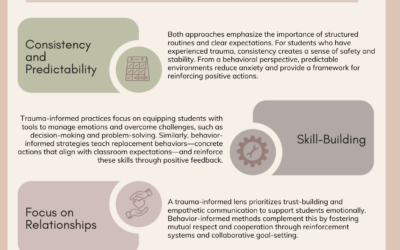In all my years of teaching and mentoring teachers, one of the most damaging things I have been told (or heard others being told) is “all you have to do is… ” Not only is this an extremely dismissive comment, but it is also often followed by information that is either not at all helpful or only helpful to a very specific situation. If you have reached out for help and heard these words, you ended up feeling unsupported and no closer to solving the problem you were struggling with. Instead of “all you have to do is…” here are 5 strategies you should use when looking for support.

1. Let’s start with really figuring out what you are struggling with.
When you are looking for support, the first step should always be clarifying what you actually need help with. Oftentimes, when you are struggling and overwhelmed, things can get a little jumbled. Really getting clear about where your struggles are should always be step one!
2. Are you okay and is there anything you need right now?
It will be impossible to start the problem-solving process if your basic needs are not met. Do you need to take a break and get something to eat? Should you take a break to clear your head? Do you just want to go home and get some sleep? If your basic needs or off-kilter and you are feeling overwhelmed, it doesn’t matter if we come up with the best ideas ever. You will not be available to hear and implement those ideas. Just as we know that if kids’ basic needs aren’t met, they won’t learn, the same goes for teachers!

3. What have you already tried?
Taking a look at what strategies you have already tried to solve the problem helps in two ways. Firstly, it gives us information about what hasn’t worked so we don’t waste time. Secondly, it helps to clarify to what degree you tried different solutions. In some cases, something you tried may be worth trying again, but differently.
4. What are you willing to try?
One thing I have learned over the years is that interventions only work when teachers feel comfortable trying them. They need to feel like they are “doable” for their individual situations. It’s no good for me to come in and say “do this” if it isn’t something you feel comfortable doing. Sometimes, the solution isn’t what a teacher wishes it was; but I believe there is always a way to find the “good fit” strategies that meet both the student’s AND the teacher’s needs.
5. What can I do to help you get this going?
I am constantly surprised at how many times people come in to help teachers, without actually helping. They “throw ideas at them” and leave without offering to help with the nuts and bolts of what needs doing. Offering help to get things started should ALWAYS be included in the help being offered.

It is ALWAYS a good idea to reach out for help when you need it. Just make sure the help you are getting is giving you what you need!





